The emperor penguin – the biggest penguin in the world
The Emperor Penguin (Aptenodytes forsteri)
A great traveler, a devoted parent and a powerful warrior – that is how we can describe the emperor penguin – the biggest penguin in the world. Its way of moving on land can be funny and hide the most beautiful features of this animal. Although it does not fly and moves in a clumsy way, it can form big colonies in which the cooperation and the fellowship go hand in hand. However, it is not the end but the beginning of the tale about the inhabitant of remote and unfriendly Antarctica.
Classification
- Kingdom: Animalia
- Phylum: Chordata
- Order: penguins (Sphenisciformes)
- Family: penguins (Spheniscidae)
- Genus: Aptenodytes
- Species: the emperor penguin (Aptenodytes forsteri)

Distribution
Antarctica is the natural habitat for the emperor penguin – it is the continent which is most outthrust in the south. The representatives of species stay almost exclusively between 66º and 77º south latitudes.
It reproduces on ice crusts near the coast and up to 18 km (11 mi) offshore. Breeding colonies are usually situated in places where glaciers protect them from the wind. Scientists have registered three big colonies: the first one, which has already disappeared, was located in Dion, the second one on the Taylor Glacier in the Australian Antarctic Territory and the third one was found in Ice Bay.
On the South Pole, there have been discovered almost 40 smaller colonies of the emperor penguin- all of them were located on the ice, which surrounded the continent.
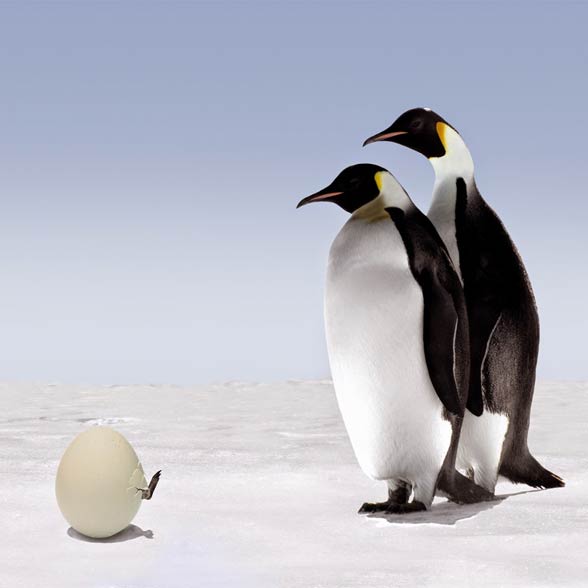
Characteristics
Appearance
The emperor penguin’s body, similarly to other penguins, was adjusted to life in water. The aerodynamic shape of its body and stiff flattened wings resembling fins decrease the drag while swimming. What is more, there are barbs on its tongue thanks to which the caught prey will not escape.
Plumage
Males and females are similar to each other taking into consideration the size and marking. The head, the neck, the back, the outer part of fins and the tail are covered with black feathers. The deep black color contrasts with the white underparts of the wings and belly as well as the light yellow breast, chin, parts under its throat and ears. Its beak is also colorful – the upper part is black whereas the lower one has shades of pink, violet or orange. The ears, neck and chin of juvenile species are white and their beak is all black. Chicks are covered with the silver-grey-white down with the white mask on its face.
Between November and February (Antarctic summer) just before the main moulting in January and February, emperor penguins are covered with brown feathers. The process of plumage is fast in comparison with other birds because it lasts about 30 days.

Size
Mature emperor penguins reach 110 – 130 cm (43–51 in) of height and weigh 22 – 45kg (50 – 100 lb). The weight of their bodies is dependent up to a point on the gender (males are a bit heavier than females) and seasons (both genders lose quite a lot of weight while laying eggs and taking care of their young).
Males must be very resistant to bitter frost to generate the appropriate amount of heat for over 2 months, which is passed on incubated eggs. In order to minimize the effect, the father does not leave eggs unattended and it does not eat anything. Most males lose about 12 kilos (26 lb) during that time. For comparison, the weight of males before the breeding period is approximately 38 kg (84 lb) and the weight of females fall to about 23 kg (51 lb).
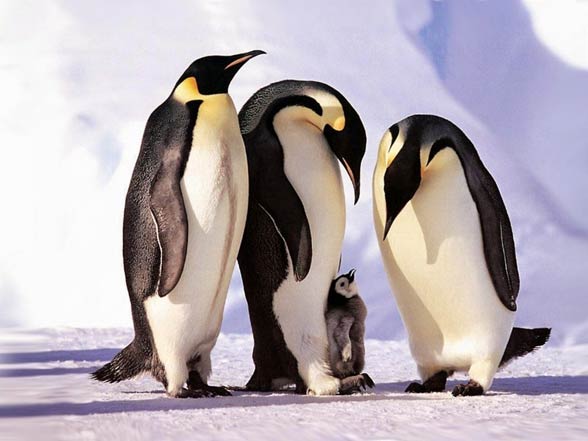
Adaptations to cold
Emperor penguins reproduce in the coldest conditions of all birds. In Antarctica, the temperature of the air can fall up to -40ºC (-40 °F) and the wind can reach the speed of up to 144 km/h (89 mph). Water is not more pleasant- its temperature is on average -1,8ºC (28,8 °F); therefore, it is much colder than the temperature of the penguin’s body which is around 39ºC (102 °F).
Animals had to find the way to survive in these inhospitable conditions of nature using the least energy. One feature that makes it possible is feathers. They isolate against the cold in 80-90%. Additionally, the layer of sub-dermal fat is even 3 cm (1.2 in) thick before the breeding period. It also protects the animal against the loss of the heat. This big layer of fat prevents them from the loss of heat. It also makes it difficult for penguins to move on land but this is not a lot if we compare this fact with the natural heating.
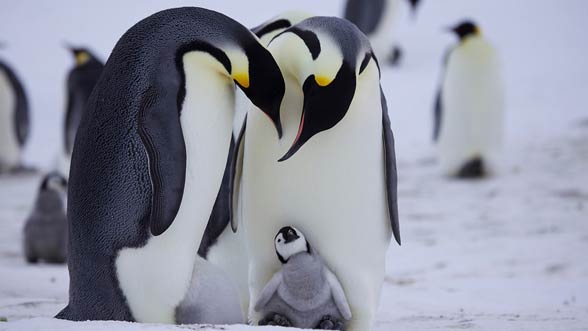
Feathers and down
Feathers are short stiff and spear-like but its greatest quality is their amount. They are so thick that they form the second skin- they make the penguin bigger visually. Additionally, the layer of the down between feathers and the skin as well as the work of muscles make it possible to ruffle feathers on land. Thanks to this, the loss of the heat is lower- some air near the skin is kept. In water, feathers are flattened to the maximum, which prevents penguins from getting soaked. To keep the appropriate isolation, the level of greasing helps to clean feathers with the help of the beak.
Thermoregulation
The key factor, which makes it possible for penguins to live in inhospitable conditions, is thermoregulation. These birds, just as mammals, can keep the constant temperature of their bodies regardless of the temperature of the environment. The animal is able to survive in a wide range of temperatures from -10 up to +20ºC (14 to 68 °F). The spurt of the metabolism and the rise of the body temperature can be reached via swimming, walking or shivering. However, when the temperature of the environment is above +20ºC (68 °F), the bird raises its wings exposing more body parts, which facilitates carrying the heat from the body to the environment. It prevents overheating of the body.
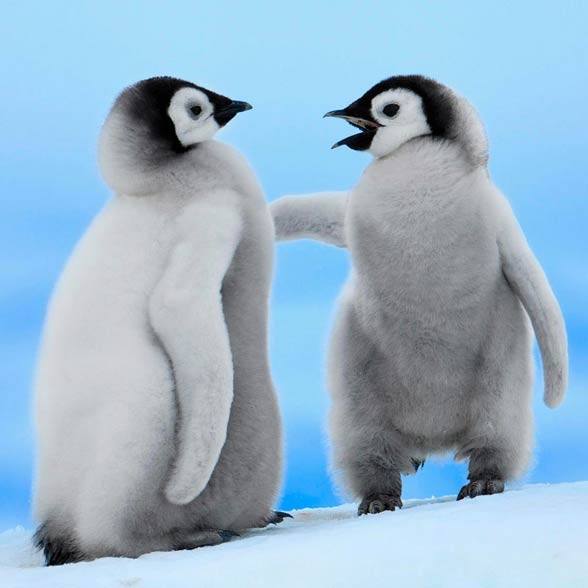
Diving
A very important and risky element of the emperor penguin’s life is diving. It dives very deep where the pressure is 40 times higher than on the surface. Most land animals would be exposed to barotraumas also called the pressure trauma while staying in such a place. Penguins have been also adjusted to such conditions- their bones are filled with the solid structure, not the air that eliminates the risk of barotraumas to a certain extent.
While diving, the animal uses less oxygen and its heart rate falls to 15-20 beats per minute whereas the least important body organs shut down which makes longer dives possible.
The physiologist, Gerry Kooyman, discovered in the 1970s that emperor penguins can dive to the depth of 265m staying under water up to 18 minutes. Later observations registered on the basis of underwater devices have revealed that a certain female dived to the depth of 535 m 1,755 ft). However, it is not denied that this is not the maximum of the emperor penguin’s possibilities because the accuracy of registration devices is getting lower when it is deeper. Later observations have shown that one species dived regularly to the depth of 150 m (490 ft) but in deep water up to about 900 m (3,000 ft). Shallow dives (about 50 m (160 ft)) were done in turns with deep dives (above 400 m (1,300 ft)). There were also some cases of species swimming to the depth of 450 to 500 m (1,480 to 1,640 ft) that is close to the sea bottom.

Diet
The main menu of the emperor penguin is fish, shellfish (the Antarctic krill) and the cephalopod (eg. Psychroteuthis glacialis, representatives of Onychoteuthidae family). Pleuragramma antarcticum fish species are most often chosen out of fish and they are the majority of the diet. Besides, penguins also hunt for the representatives of Nototheniidae family.
Penguins look for the prey in open water of South Ocean. It often swims between land glaciers through cracks covering the drifting ice. Diving is one of the swimming methods on the depth of about 50m. It reaches the underwater part of the ice, catches fish, goes back to the surface, and then repeats this habit. During one hunting, the penguin can perform about 12 dives before it goes back on land.

Behavior
It shows a great need to stay in a group. Nesting, breeding and foraging are done together. It can be well noticed during foraging when members of the group cooperate with each other. During the breeding period, the male and the female forage even 500 km (310 mi) away from their colony in search of sufficient amounts of food for their young.
It can be active day and night. Sexually mature species spend most of the year traveling between nesting and foraging areas. Groups disperse between January and March. After laying eggs, males go on the open sea about 100km away from the colony where there are many blow-holes known as polynyas.
The emperor penguin swims using wing movements up and down. It can be spotted that the animal does not swim but flies in water. The animal is more efficient in water habitat than on land. It swims with the speed of 6-9 km/h (3.7–5.6 mph). Chasing the prey on short distances or while escaping up to 20 km/h maybe even above 20 km/h (12.5 mph)). It moves shakily on land with the speed of 2.6 km/h (1.6 mph). However, it can slide over the ice on its belly speeding up using its legs and wings.
Although the penguin is a typical flightless bird, it is extremely strong. The evidence for this is a situation when 6 adult men tried to capture one male penguin for the zoo. Before they managed to capture it, it knocked down all raiders.
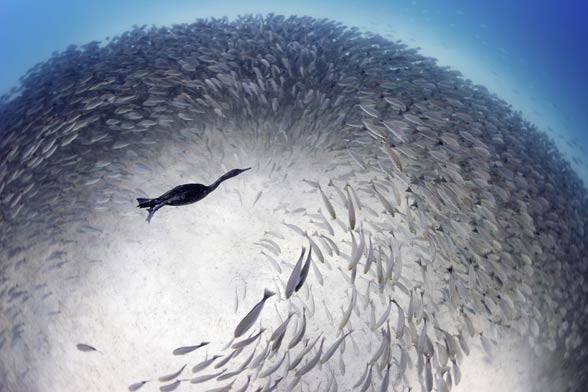
Warming flocks
One of the most characteristic methods of cold prevention for penguins is making dense groups out of a few up to a few hundred birds. Every flock member bows over its neighbor, which helps keeping the heat among the group members.
This method is highly effective during the strong wind. Species, which are least, affected by the cold are those, which are in the center of the colony; therefore, there are usually young penguins. Birds located on the edges of the group take turns to move- they exchange the place with species, which are better heated up. This way, no member of the colony is in worse condition.
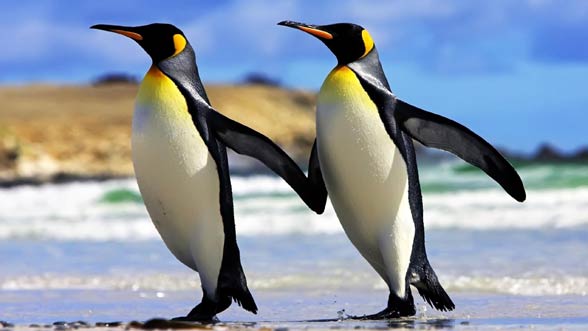
Reproduction
So as the young of the emperor penguin could get feathers in late summer, prospective parents should start the mating season during the harsh Arctic winter. Then, the temperature falls to -60ºC (-76 °F) and the wind speed reaches 200 km/h (120 mph). Before the reproductive season starts, penguins must head for the breeding colonies, which are about 120 km (75 mi) away when the winter starts (from March to April). The courtship does not last long- it is not the key element of social life in these harsh conditions. Every day matters and therefore, penguins make couples relatively quickly.
During the quick courtship, the male stands face to face with the female and then, they both raise their heads and stretch to the maximum so as to unloose. If partners like each other, they stay together for the next 6 weeks, which is the moment of depositing one egg. When the female deposits the egg, it is given to the male, which keeps it under its feet. Its task is to lay the egg or rather stand on it – male penguins do not sit on the egg but stand holding it between its legs under the belly fold.
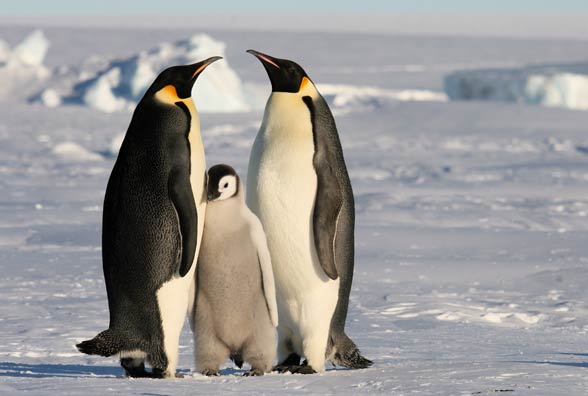
Changing roles and penguins’ migrations
After giving the young under the male’s care, the female goes to sea to search for food. It comes back in spring but till then, males are fully responsible for the incubation. To increase the probability of surviving the young, fathers crowd in big colonies, which consist even of 5000 males. It ensures the additional protection, which is very important for eggs against dying and freezing.
After the ten-week-incubation, one penguin is born and the mother comes back to its family. After about four months, the male goes foraging to gain some weight, which it lost while incubating eggs. It is about 100km away from open water and the male must travel this distance to get food and survive. The father comes back after a few weeks but its beak is not empty – it brings food suitable for the young. Penguins, which are 1-2 months old, combine in groups called nurseries. Thanks to this, both parents can set off to search for food. In summer, when the ice starts melting, the young with their parents go for first hunting together.
The scheme of migration and the cycle of reproduction can be found in the article: Penguins kings of Antarctica.

Detailed information / size:
The emperor penguin (Aptenodytes forsteri)
- Height: 110 – 130 cm (43–51 in)
- The length of the beak: 8 cm (3 in)
- Weight: 22 – 45 kg (50 – 100 lb)
- Lifetime: 20 years in the wild, but there were species who lived up to about 50 years.
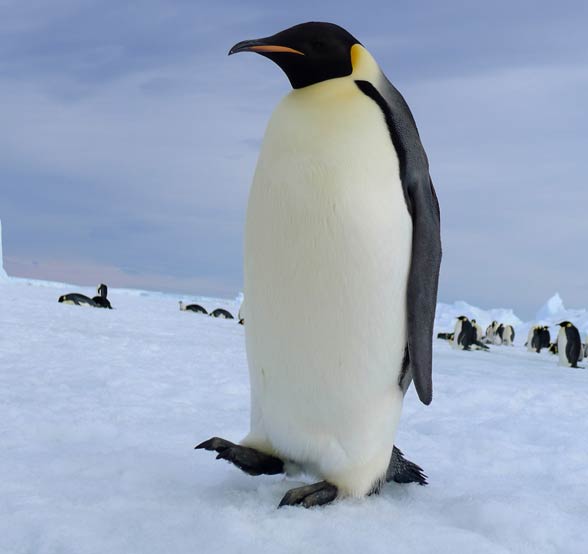
The emperor penguin – curios:
- Single species were noticed in South Georgia and South Sandwich, on the Heard and McDonald Islands as well as in New Zealand.
- The emperor penguin is the biggest penguin species concerning the height and the weight. It is also the fifth heaviest bird in the world.
- In 2001, the totally white penguin was registered. It was not the albino, as it did not have red eyes.
- There are approximately 15 feathers growing on 1 square centimeter of the penguin’s body. It means that the emperor penguin has got the thickest plumage among all known species of birds.
- The total number of mature emperor penguins in wild was about 595 000 species existing in 46 colonies.
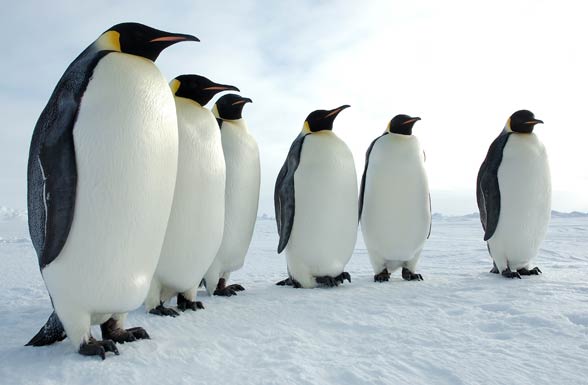

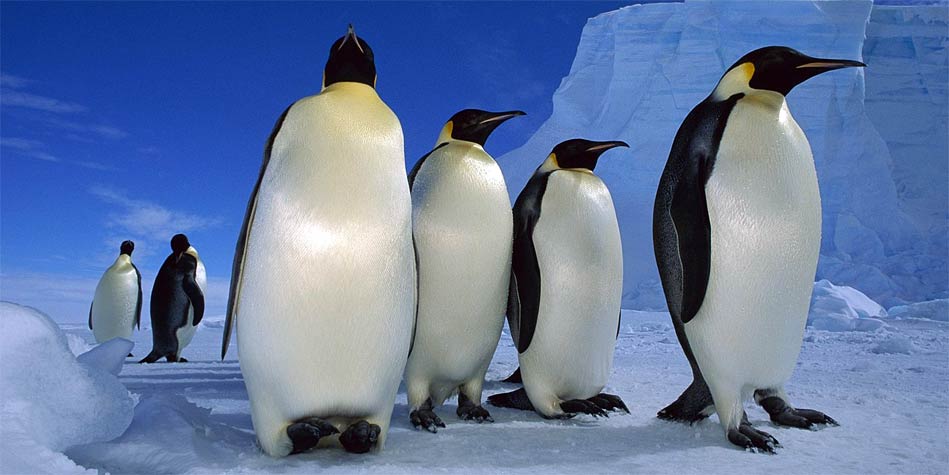



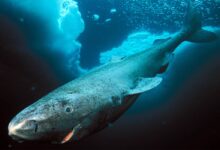




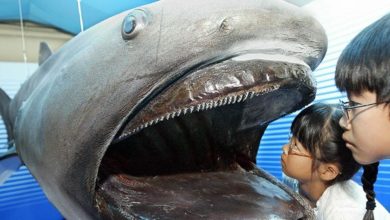
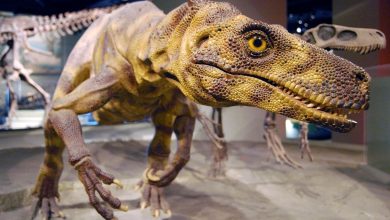
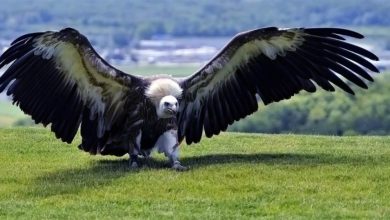
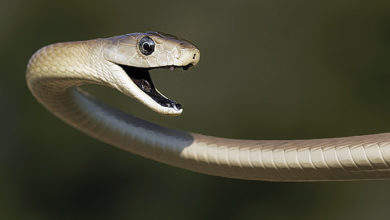

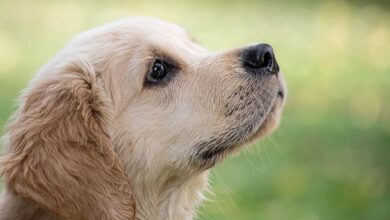
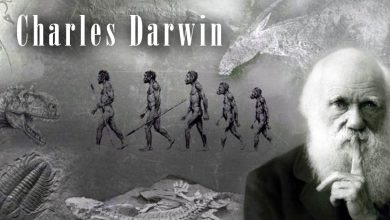


Two of these photos are King Penguins, for anyone who may be using this as a reference. Emperor penguins never turn brown prior to molt. The old feathers are pushed out by the new feathers. King penguins, however (which are featured in the two photos mentioned above), are brown as chicks prior to fledge.